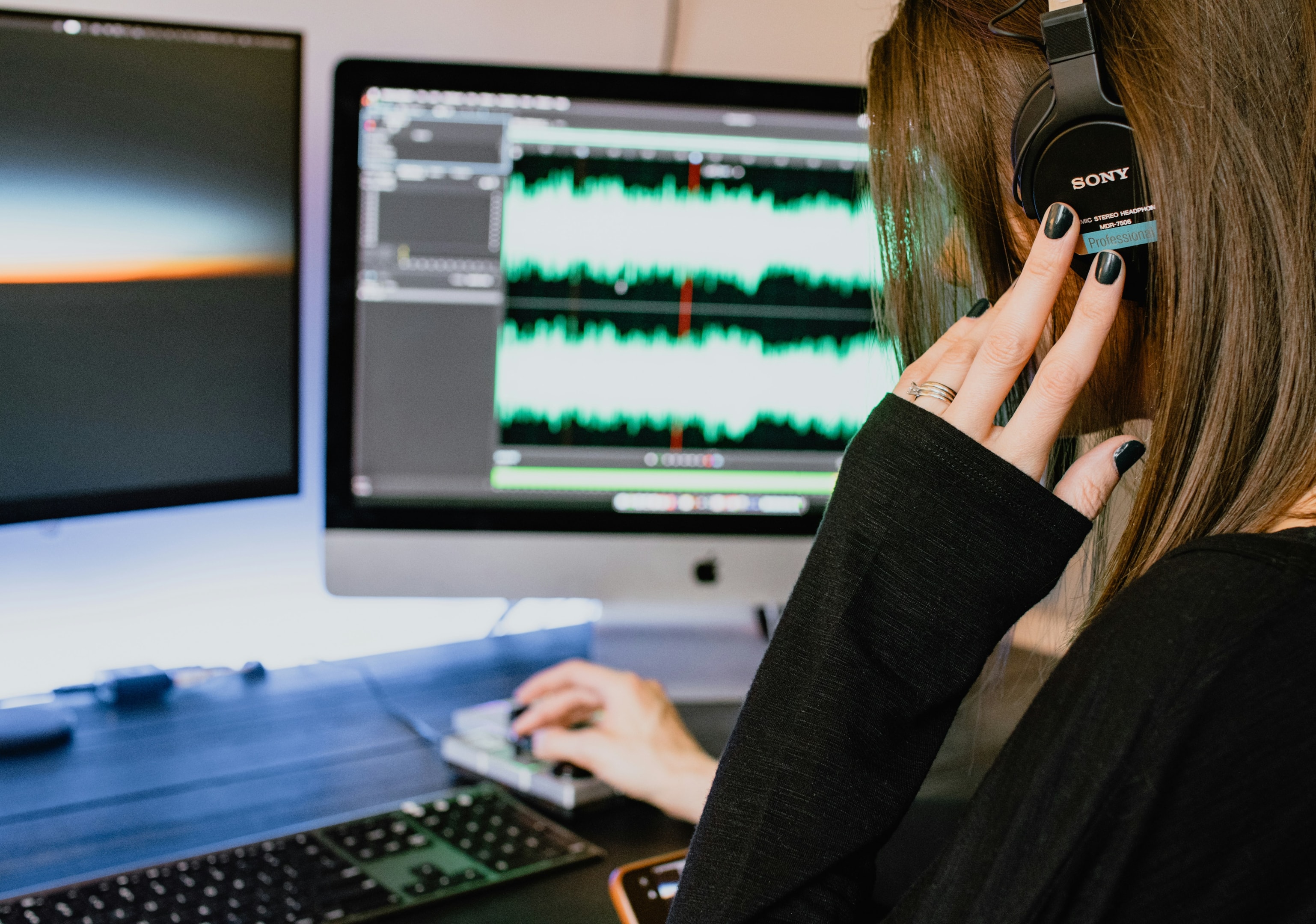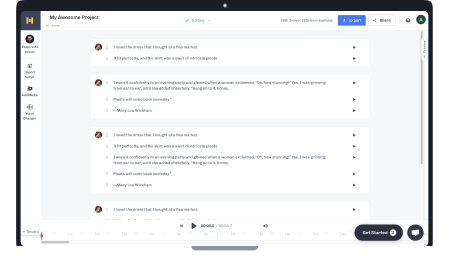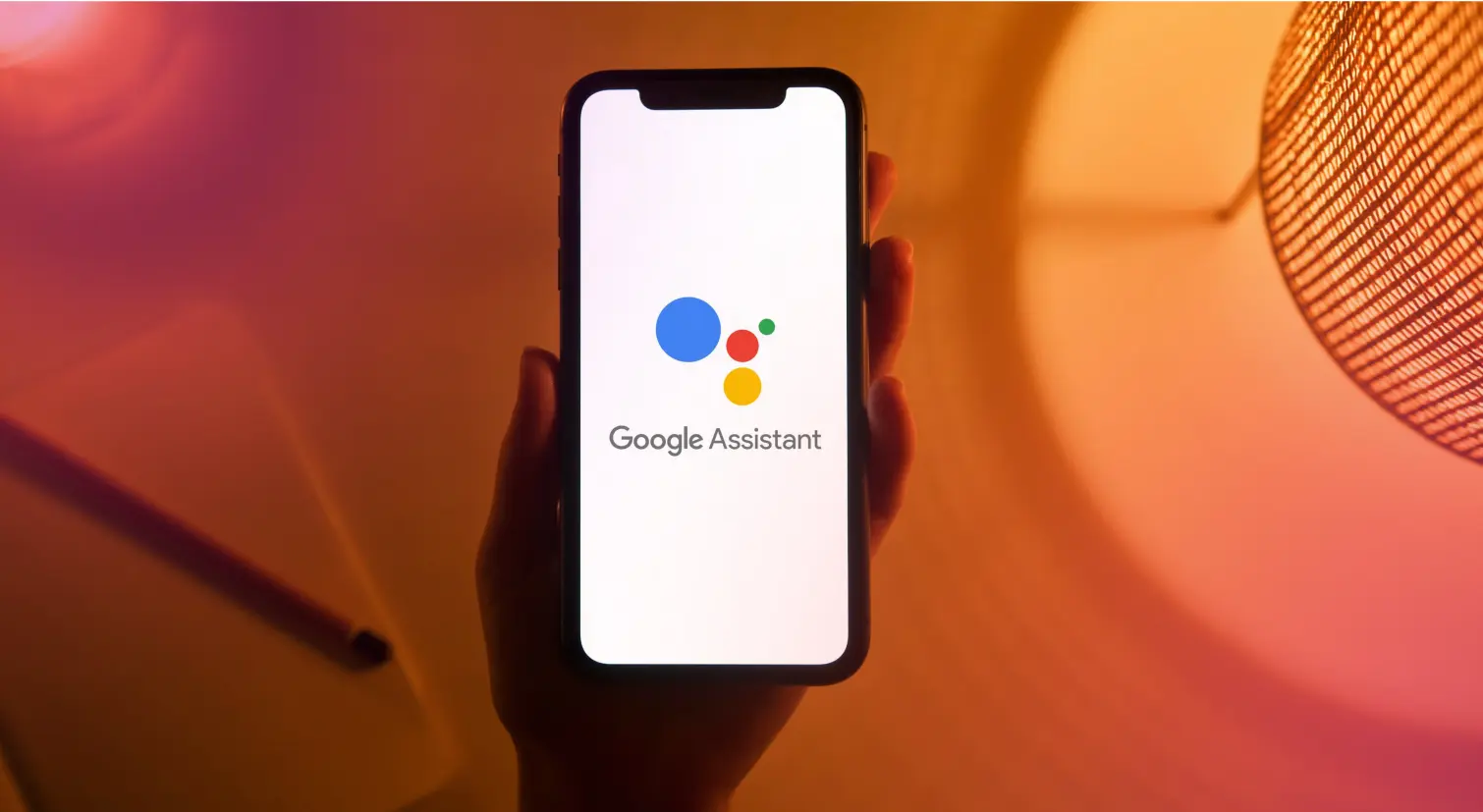How to Change Your Voice: Natural and Digital Methods Explained

Your voice is one of the most personal aspects of you, but is it possible to completely change your voice? Absolutely! And not just by a little. We’re talking dramatic, jaw-dropping transformations that will leave people stunned!
If you dream of sounding like the Dark Knight, shielding your identity in the vast online world, or just pranking your friends with a hilarious new accent, changing your voice is your golden ticket to exploring different sounds.
Thanks to today’s mind-blowing tech, it’s easier than ever. Advanced AI voice changers are so realistic, even your closest family might do a double-take. This isn’t a sci-fi movie; it’s happening right now with other voice changers available.
So, how can you change your voice? With just an app, anyone can master it. In this blog post, we discuss how to change your voice professionally using an AI-powered software tool like Murf AI and employing natural techniques.

How Does Changing One's Voice Work?
If you think that changing your voice needs costly gadgets, you are wrong. The answer to 'how can I change my voice' is all about smart techniques and the right approach with available tools.
You can modify your voice by adjusting pace, clarity, vocal texture, and improving your breath support for greater control. It will allow you to sound confident, professional, playful, or even anonymous. Here's how each element plays a role:
Pace
Pace is all about how fast you speak, and the speaking speed shapes your message:
- Fast speech can sound energetic or anxious.
- Controlled pace feels composed and confident.
- Slow speech may feel thoughtful or monotonous.
Changing your pace instantly alters how people perceive and respond to your words. Pacing is crucial for conveying your message effectively, especially in professional or public settings.
Clarity
Clarity focuses on pronunciation, volume, and breath control. It ensures that whatever is being said is understood by the audience. Without clarity, even a powerful message can get lost.
- Clear articulation makes you sound smart, capable, and trustworthy.
- Mumbling or rushing can make you seem unsure or hard to follow.
Vocal texture
Vocal texture is the tone and feel of your voice. It is what makes your voice sound unique. You can find diverse elements that form the voice texture:
- It can be smooth, deep, nasal, or breathy.
- A warm texture feels friendly and assuring.
- A gritty texture sounds intense or mysterious.
Now that you know the key elements of voice changing, let’s explore why you might want to change your voice in the first place and how you can hear the difference.
Explore More: How to Change Google Assistant Voice: A Comprehensive Guide

Why You Might Want to Modify Your Voice?
Your voice is a huge part of who you are and how others see you. So, is it possible to change your voice? Yes, and there are many good reasons to give it a try. In fact, over 52% of companies now utilize voice technology for branding and marketing, highlighting how important voice has become, both personally and professionally.
Professional use
People in careers where their voices matter often seek ways to modify or adjust their vocal tone. In fields such as voice-over acting, podcasting, teaching, or customer support, having a voice that’s pleasant or strong makes a significant difference.
A well-modulated voice can help you communicate more effectively, impress clients, and even establish trust. Many who dream of becoming professional voice actors learn how to change their voices to fit different roles.
Staying anonymous
In online spaces such as gaming, forums, or live streams, people may want to keep their real identities private. Changing voice helps separate their online life from their personal life.
It’s also useful for individuals such as investigative journalists or those working in sensitive roles, where maintaining anonymity can be crucial for safety or privacy.
Confidence booster
Sometimes, you may feel self-conscious about how your natural voice sounds. Learning how to change your voice can be a great way to feel more secure and confident. A voice that sounds authoritative can be particularly helpful during calls, presentations, or social situations.
Content creation
Many content creators on YouTube, Instagram, and other platforms change their voices to give different character voices unique sounds. This way, they can skip hiring extra voice actors while making their videos more fun and engaging. In fact, 34% of marketers now use AI-generated voice-overs in their content, showing just how common and cost-effective this approach has become.
Mistake to Avoid: Don’t jump into using voice-changing tools without understanding their privacy policies. Some apps may store or even use your voice data.
Software and AI Voice Changers
Not everyone has the time to train their voice, and trying to change it permanently can harm their vocal cords. This is a real risk for voice actors and professionals.
There are better solutions, though. If you’re wondering how to modify your voice or how to change your voice without the strain, AI and software tools make it simple, allowing users to explore new sounds in seconds. With these tools, you can explore new sounds in seconds:
AI-powered platforms
AI-powered voice changers utilize advanced machine learning to generate natural-sounding voices, enabling you to transform your voice into anything you desire.
One of the best AI platforms to change your voice is Murf AI. It helps you change your voice for various purposes, such as content creation, YouTube videos, or voice dubbing. You can choose any voice from its library of 200+ realistic voices capable of speaking in 40+ languages. As Murf AI works as a platform, you don't need to invest heavily in building a recording studio or audio editing workstation.
Audio editing software
Audio editing software tools like Adobe Audition, Audacity, and Soundop make it easy to transform your voice by adjusting tone, pitch, and adding cool effects. They’re widely available for Windows, Mac, and even phones.
While some tools can be complex or costly, there are also free and budget-friendly options. With a little time and exploration, you can find the perfect fit for your needs.
Did You Know? The global audio editing software market is projected to reach $7.2 billion by 2032, with a robust 12.4% CAGR.
Choosing the Right Tool
When selecting a voice changer, consider the features that best match your needs. Look for language support, output formats, ease of use, and customization options such as pitch, tone, and style to suit your specific goals.
- Language support: Some tools only handle English, while advanced AI platforms can process multiple languages. This is vital if you’re creating multilingual content.
- Output formats: Whether it's MP3, WAV, or direct streaming integration, ensure the tool provides the correct file types for your projects.
- Tone adjustment: Understand if it fine-tunes pitch, speed, and emotional style. Many tools allow you to tweak these details for natural-looking results.
- Use case matching: Whether you're gaming, podcasting, professionally narrating, or protecting your privacy, each use case benefits from different features. For instance, gamers need real-time tools while podcasters may prefer high-quality post-processing.
Pro Tip: Before picking a voice-changing tool, test the free version. This lets you check how natural the output sounds, if it is easy to use, and if it works smoothly on your PC.
Real-Time vs Post-Processing Tools
Voice changers come in two types: real-time tools and post-processing tools, each designed to suit different preferences, situations, and creative needs.
- Real-time tools: Modify your voice as you speak. These are perfect for gaming, streaming, or live meetings.
- Post-processing tools: You record your natural voice first, then edit it later. They are great for podcasts, videos, or audiobooks that need polished production.
Real-time tools save time but may have slightly less precision. Post-processing allows you to perfect every detail, but it takes longer.

Voice Cloning and AI Voice Synthesis
Voice cloning utilizes AI to learn the unique characteristics of the target voice and recreates it with remarkable accuracy. With just a few minutes of sample audio, these tools can generate speech that sounds nearly identical to the source, allowing for lower tones.
However, always get consent before cloning someone’s voice. This protects privacy and avoids misuse.
Did You Know? The global voice cloning market is projected to touch $12.8 billion by 2033, growing at ~23% CAGR between 2025 and 2033.

Manual and Physiological Voice Change Methods
For a natural change, simply work with your body. This takes practice, but it avoids using tech entirely. By improving your breathing, posture, and resonance, you can train your voice to sound deeper, stronger, or brighter. Over time, these small adjustments build lasting vocal control that feels authentic and boosts your confidence.
Breathing and Posture Optimization
Good breathing and posture provide better vocal control, enabling you to speak louder, clearer, and longer without straining or losing your voice.
- When you breathe from your belly, you fill your lungs. This gives your voice more power and keeps it from shaking.
- Standing or sitting tall with relaxed shoulders opens up your chest and throat. This allows air to flow easily and helps you speak louder and more clearly.
Vocal Warm-Ups and Pitch Control
Just like athletes warm up their muscles, your vocal cords need gentle prep to stay healthy. Simple exercises, such as humming or sliding notes, can help wake up your voice, prevent strain, and improve your pitch control.
- Humming, lip trills, and sirens are like little exercises for your voice. They help your throat and mouth relax so you don’t sound squeaky.
- When you practice sliding your voice from low to high, it’s called a scale. It teaches your voice to move up and down smoothly.
Resonance and Voice Placement (Chest vs Head)
Where your voice vibrates in your body is called resonance, and it changes how it sounds.
- Chest resonance: When you speak or hum in a low pitch, you might feel vibrations in your chest. This gives your voice a deeper tone, making you sound more serious.
- Head resonance: When you use a high pitch, you’ll feel vibrations in your face or head. This creates a lighter sound, great for playful or animated speech.
Summing up
The demand for voice transformation is skyrocketing. In gaming and streaming, real-time voice modulation tools saw a 140% jump in user engagement from 2022 to 2023. Plus, 62% of users under 25 prefer fun, meme-style voice effects like robotic or alien sounds over realistic ones, including higher-pitched voices, showing just how much people enjoy creative voice play.
Whether you’re curious about how to change your voice with smart software or want to explore how to modify your voice naturally through training, there are more options now than ever.
AI-powered tools such as Murf AI can change your voice into 200+ voices in over 20 languages, turn your text into speech delivered in a natural-sounding voice, clone your voice with the exact unique characteristics and traits for personal or professional use and dub your content into diverse local languages.

Frequently Asked Questions
How can I make my voice deeper?
.svg)
Vocal training exercises and consistency can help lower your pitch for a naturally deeper voice. You can focus on breathing from your diaphragm and improving posture. Speaking from your chest is an effective method to develop a fuller sound.
Can I change my own voice using an app?
.svg)
Yes, you can easily change your voice using an app. Many voice changer apps and AI tools let you adjust pitch, tone, and add fun effects in real time or after recording. Popular options like Murf AI make it simple to transform your voice on any device.
Is voice training safe without a coach?
.svg)
While it is not unsafe to train your vocal cords without a vocal coach, it might damage your vocal cords if you don't know what you are doing. There are several online resources shared by certified vocal coaches that you can use to train.















